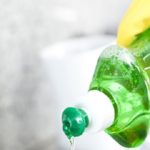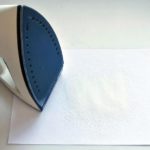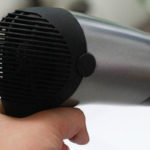White socks bring an elegant and sophisticated look. However, they are prone to getting dirty, losing color, and turning yellow. This makes many people think twice before buying or wearing white socks. Here are some simple tips to clean white socks and keep them looking like new.
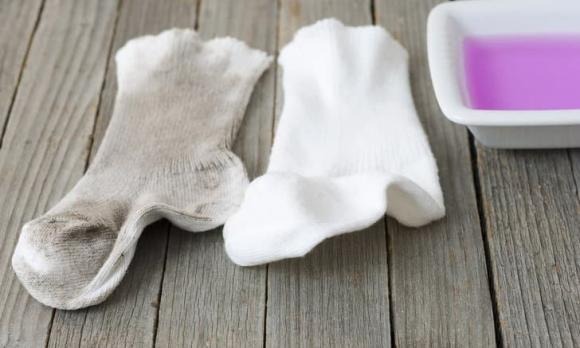
Baking soda
Using baking soda to wash white socks will provide quick and effective cleaning results. First, soak the dirty socks in warm water mixed with baking soda and let them soak for a few hours before washing with regular detergent. Note that baking soda can make the fabric stiff, so you can add a little vinegar to soften the socks during washing.
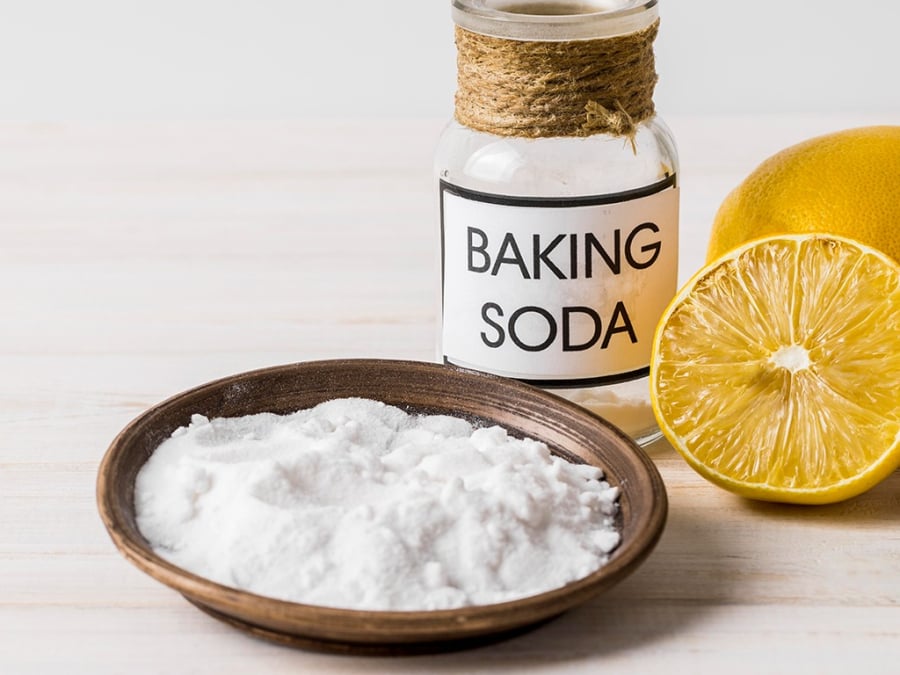
Vinegar
The acetic acid in vinegar is a tough stain remover on fabrics. Simply mix about 1 liter of warm water with 1 tablespoon of vinegar, then soak the socks in this mixture for about 30 minutes before washing with regular water.
Dish soap
Dish soap can also help whiten socks. Pour warm water into a basin and add enough dish soap, then soak the socks in this mixture overnight. After soaking, wash the socks with regular detergent, but don’t forget to add a little vinegar to soften the socks.
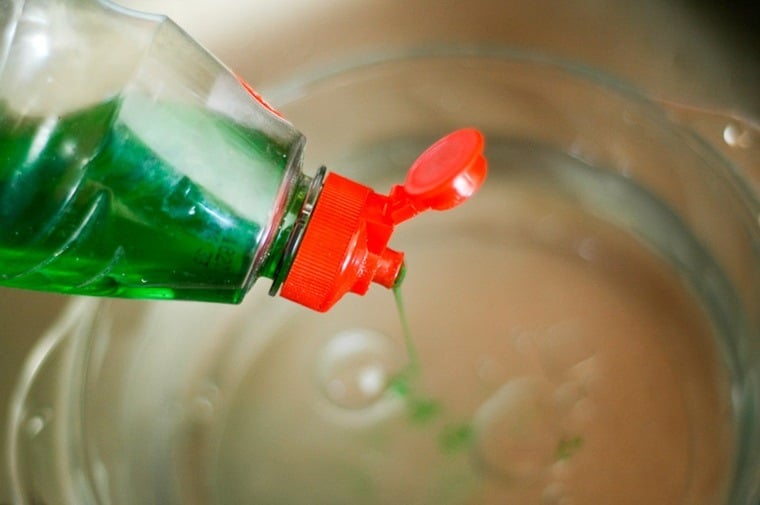
Lemon juice
The acid in lemon juice helps remove residue and dirt on socks. You can soak the socks in fresh lemon juice for a few hours to remove stains, then wash the socks with regular detergent.

























